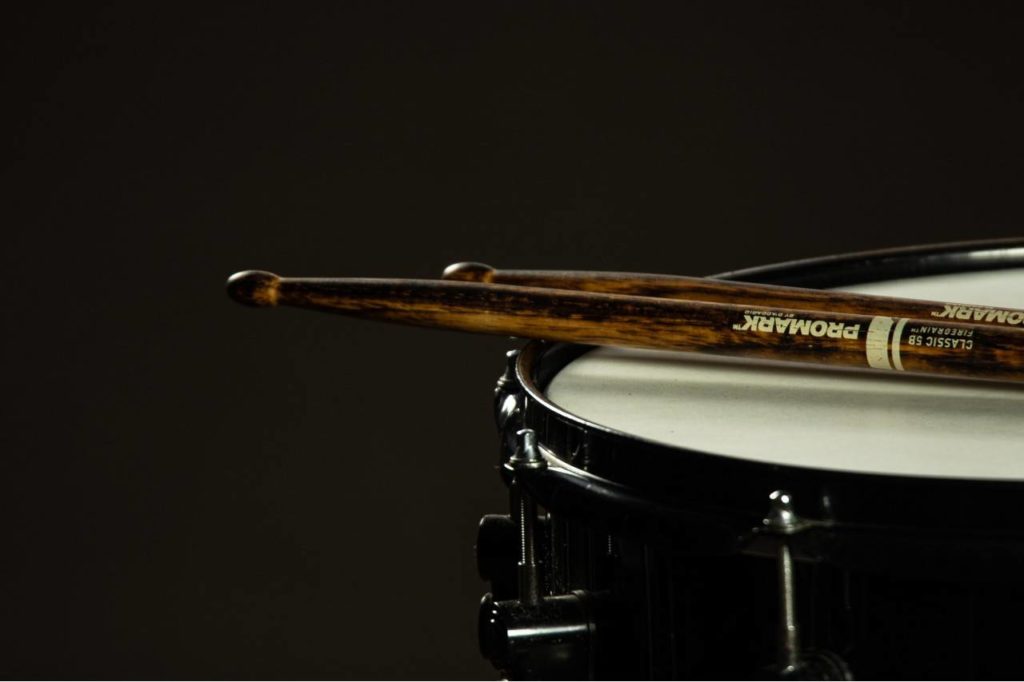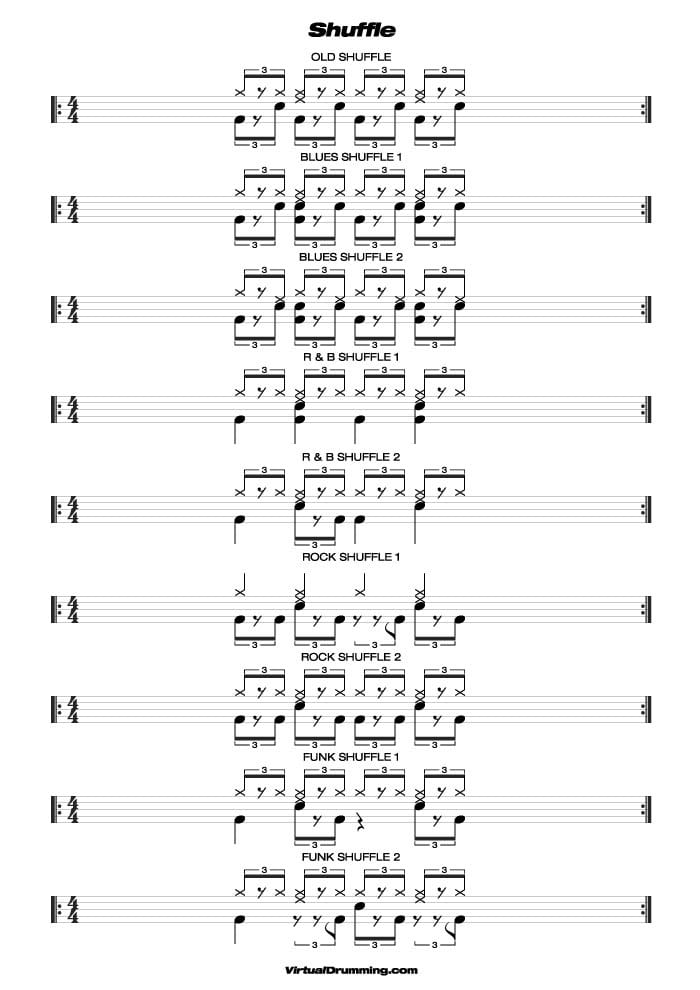

Last in line comes a compressor, side-chain driven from the kick and snare, to ensure that the ride is knocked back in the mix when either a kick or snare hits.

You may also want to EQ out lower frequencies and add a feed to the same reverb on the snare. The live-style on-the-eighth ride is tuned to sit with the rest of the beat, and then a bitcrusher effect is used to change its harmonics. The 16th-measure ghost notes at the end of the beat are swung back slightly and play at a lower volume to give the beat a little swing. Some judicious EQ and reverb help it slot neatly back in the mix. Where the kick and snare sounds are often picked to be larger that life, the hi-hat should take a clear (and clean) back-seat: hold off on any distortion, overdrive or saturation. You don’t need anything too characterful here: just a nice clacky sound, machine or live-kit sourced, that brings definition to the high-end (and to the kick and snare). The groove is filled out now with the hi-hats. The snare is made up of three elements – a low punch, the fundamental pitch of which is boosted to make it hit harder, a rough live hit for fullness in the mids, and a characterful top snare with an uber-fast attack transient that’s high passed then fed through subtle hall reverb to give the snare a washy ambience. With the snare in, the classic breaks-derived drum & bass rhythm is already evident. Some of the mids and highs have been increased to help it cut through a busy mix (and the break that will be overlaid in step 5). To create mix space for the bassline, the kick passes through a high-pass filter set at around 85Hz. We’ve gone for a 909-style sample with plenty of thump, punchy in the lows but not over the top. Sounds raw live kit sounds, machine kick, plus dirty break/s Step 1


 0 kommentar(er)
0 kommentar(er)
